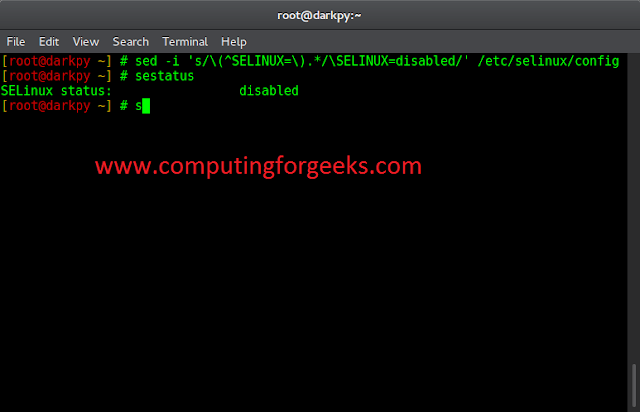A bar chart represents categorical data with corresponding data values as rectangular bars. Usually, the x-axis represents categorical values and the y-axis represents the data values or frequencies. This is called a vertical bar chart and the inverse is called a horizontal bar chart. In some cases, a horizontal bar chart provides better readability.
Creating React Application And Installing Module:
-
Step 1: Create a React application using the following command.
npx create-react-app foldername
-
Step 2: After creating your project folder i.e. foldername, move to it using the following command.
cd foldername
-
Step 3: After creating the ReactJS application, Install the required modules using the following command.
npm install --save mdbreact react-chartjs-2
-
Step 4: Add Bootstrap CSS and fontawesome CSS to index.js.
import '@fortawesome/fontawesome-free/css/all.min.css'; import 'bootstrap-css-only/css/bootstrap.min.css'; import 'mdbreact/dist/css/mdb.css';
Project Structure: It will look like the following.

Project Structure
Example: Now write down the following code in the App.js file. Here, App is our default component where we have written our code.
App.js
import React from "react"; import { MDBContainer } from "mdbreact"; import { HorizontalBar } from "react-chartjs-2"; const App = () => { // Sample data const data = { labels: ["Sunday", "Monday", "Tuesday", "Wednesday", "Thursday", "Friday", "Saturday"], datasets: [ { label: "Hours Studied in Geeksforneveropen", data: [2, 5, 7, 9, 7, 6, 4], fill: true, backgroundColor: "rgba(6, 156,51, .3)", borderColor: "#02b844", } ] } return ( <MDBContainer> <HorizontalBar data={data} /> </MDBContainer> ); } export default App; |
Step to Run Application: Run the application using the following command from the root directory of the project:
npm start
Output: Now open your browser and go to http://localhost:3000/, you will see the following output:

Output




